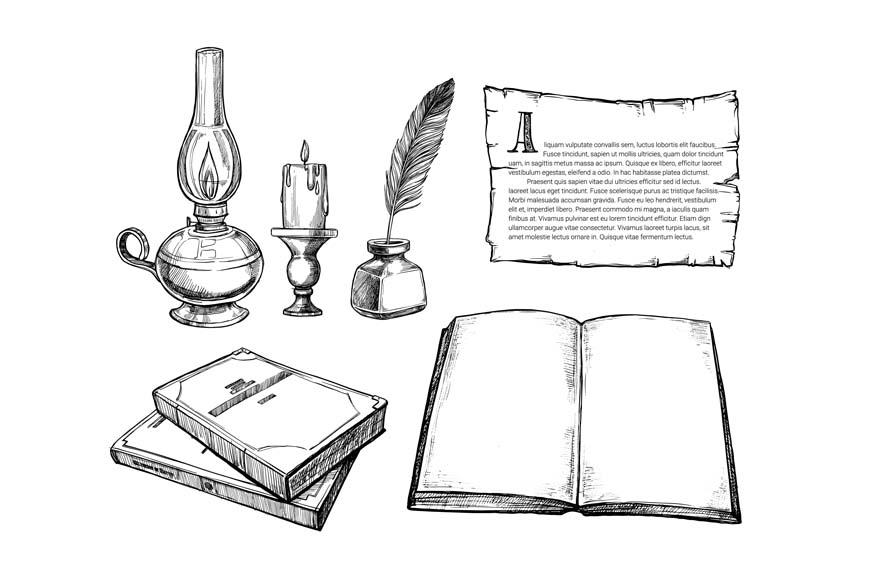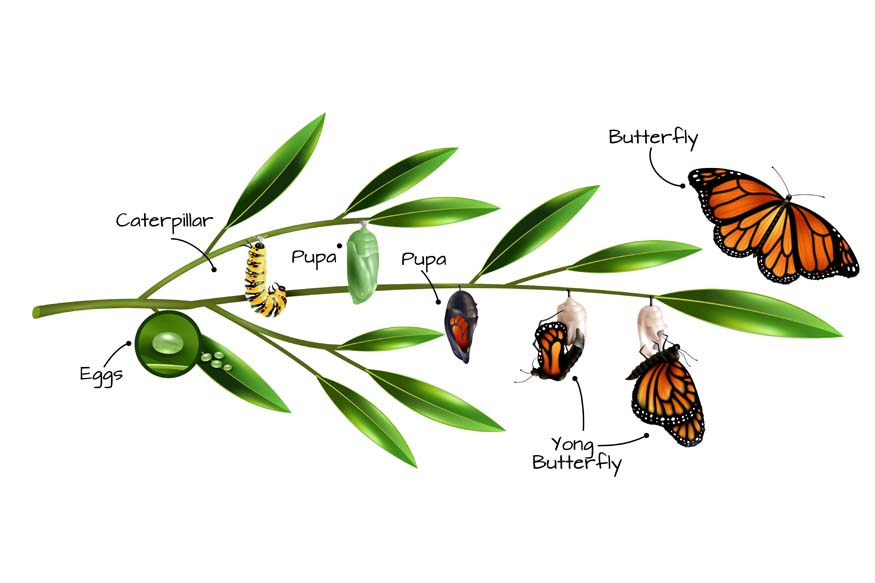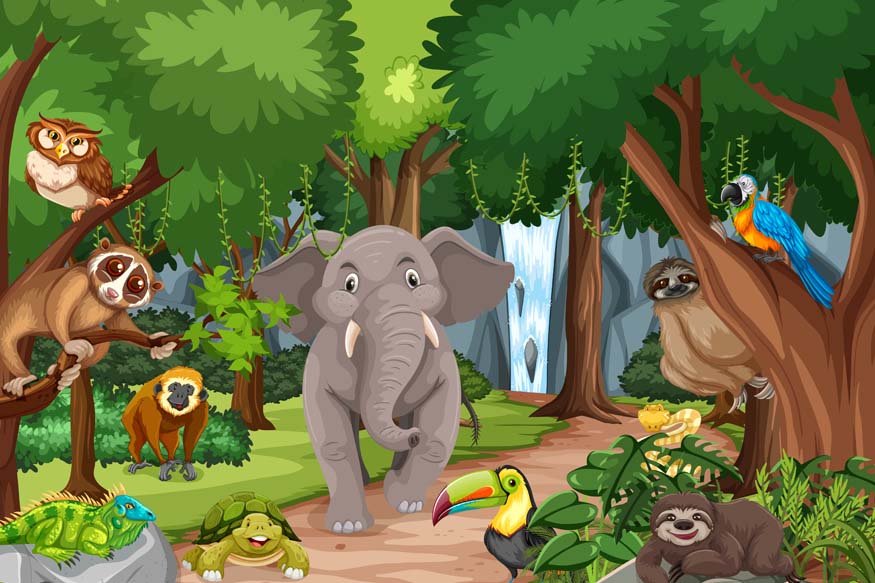Classic literature always appeals to and connects with people of different ages. It has stories that provide an in-depth understanding of important themes that can resonate with anyone. When children read these great works, it can spark a lasting passion for reading and help them understand people and society better. This article looks at what classic literature is, its key features, and offers a list of classic books that are great for young readers.
Classical Literature
Classical literature includes important works that have remained relevant over time. Written by eminent authors, these pieces connect with readers even today through their enduring themes, memorable characters, and skilful language.
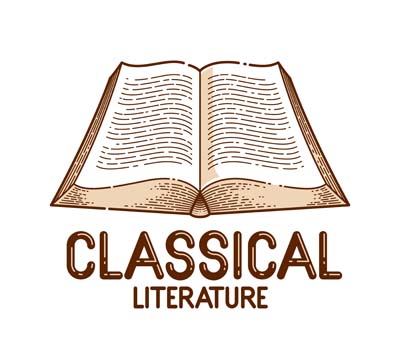
Classic literature has various genres and formats such as novels, plays, epics, poetry, and short stories. These works showcase different times, cultures, human experiences, and feelings, providing both education and entertainment.
Characteristics of Classic Literature
Classic literature shows life, truth, and beauty, often reaching great artistic quality for its time. These works are a testament to timeless art, staying relevant and appealing to many generations. They are known for their innovative nature, artistic value, and deep connection with readers. While classic literature reflects the time it was created, themes and messages of this still matter today, earning respect for its craftsmanship and literary skill.
Introducing Classic Literature to Children – Benefits
Introducing children to classic literature offers them numerous benefits, including cognitive development. Through the enhanced vocabulary and comprehension skills of this literature children understand cultural awareness. By providing insights into different cultures and historical periods, and emotional growth classic literature helps children develop empathy and emotional intelligence.
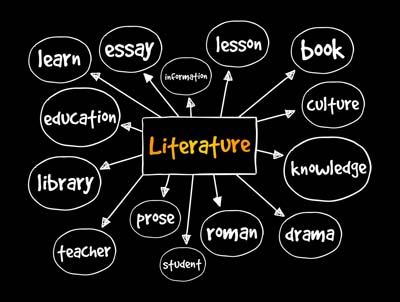
Additionally, classic literature imparts moral and ethical lessons, encouraging children to reflect on their values and behavior, making it a valuable tool for their overall development.
Introducing Classic Literature to Kids – Tips
We can introduce classic literature to kids at the early stages of their lives with picture books and simplified versions.. This helps them appreciate the language and understand complex narratives later in their lives. Use adapted versions to make the stories more accessible and fun to learn . Incorporating related activities like drawing or acting out scenes, and establishing a regular reading routine to make classic literature a part of their daily lives.
List of Classic Literatures for Kids
When picking classic books for kids, it’s essential to choose stories that match their age and explain complex ideas in a way they can grasp. A good list of such classic literature can help parents and teachers share important literary works with children. Here are some classical works by renowned people.
- “Alice’s Adventures in Wonderland” by Lewis Carroll: This whimsical tale of a young girl’s adventures in a fantastical world is a quintessential example of classic children’s literature. Its imaginative characters and captivating storylines hold timeless appeal.
- “The Secret Garden” by Frances Hodgson Burnett: This story of friendship, self-discovery, and the transformative power of nature provides valuable lessons about resilience and empathy.
- “Charlotte’s Web” by E.B. White: A heart-warming tale of friendship and sacrifice, this book teaches important lessons about loyalty and kindness.
- “Peter Pan” by J.M. Barrie: The adventures of Peter Pan and the Lost Boys in Neverland captivate young readers with themes of adventure, bravery, and the innocence of childhood.
- “The Chronicles of Narnia” by C.S. Lewis: This series of fantasy books focus on ideas like good and evil, bravery, and redemption, which makes it popular with young readers.
- “Little Women” by Louisa May Alcott: The story of the March sisters’ journey from childhood to adulthood is filled with lessons about family, love, and perseverance.
- “Anne of Green Gables” by L.M. Montgomery: The adventures of the imaginative and spirited Anne Shirley offer insights into friendship, identity, and the importance of being true to oneself.
- “Treasure Island” by Robert Louis Stevenson: This classic adventure novel introduces young readers to the excitement of treasure hunts, pirates, and high-seas adventures.
- “The Wind in the Willows” by Kenneth Grahame: The charming tales of Mole, Rat, Toad, and Badger explore themes of friendship, adventure, and the beauty of nature.
- “Heidi” by Johanna Spyri: A tale about a young girl in the Swiss Alps shows us the importance of kindness, strength, and how nature can help us heal.
Conclusion
Teaching kids about classic literature is a great way to enhance their understanding of the world and inspire a passion for reading. Learning about classic literature, recognizing its features, and choosing suitable books for their age, parents and teachers can give young readers access to a wealth of timeless stories.
A carefully chosen list of classic literature can help introduce children to some of the most cherished works in literary history, allowing them to explore various worlds and experiences. Start this literary adventure with your children and see their creativity flourish and their understanding grow.
For more such informative/interesting blogs, visit Center Point School.

